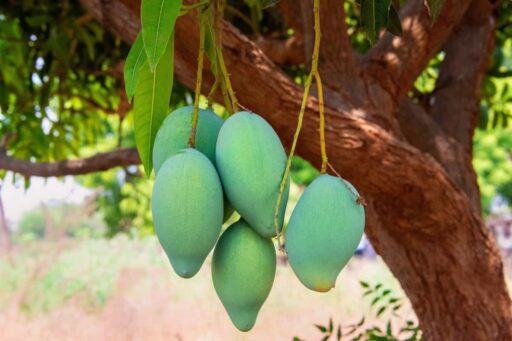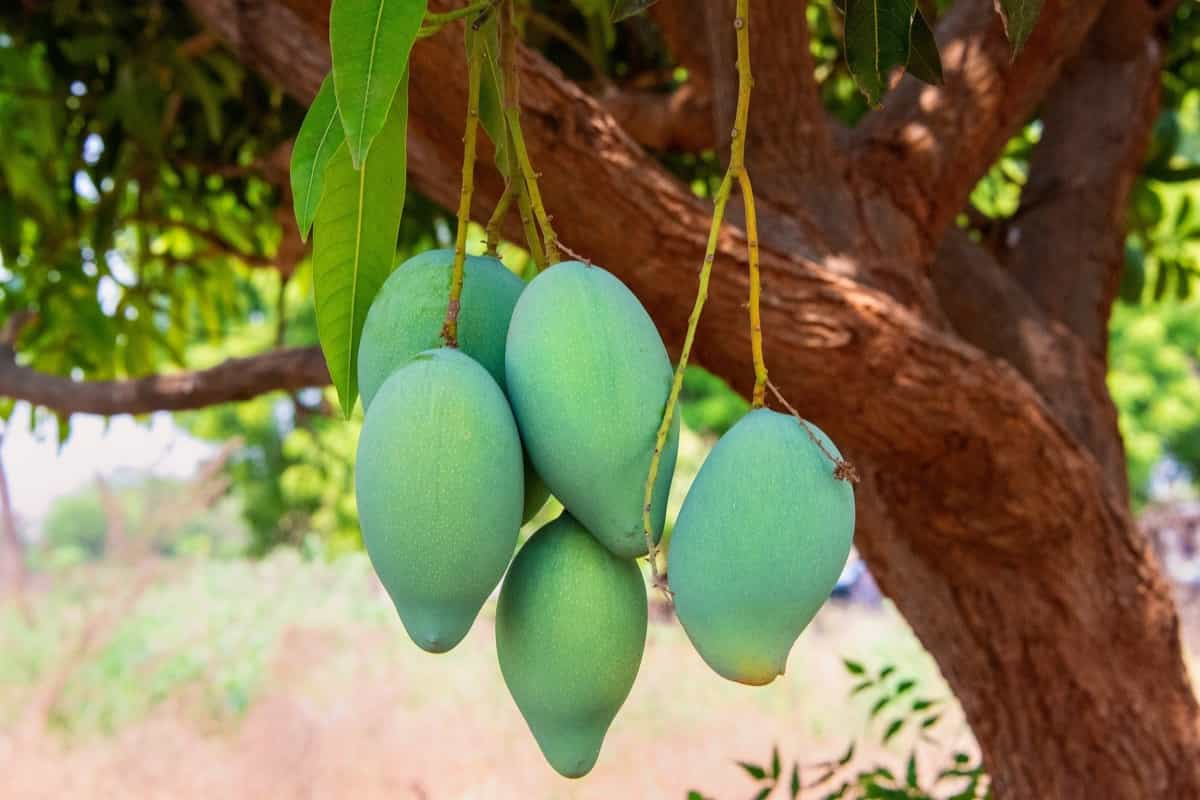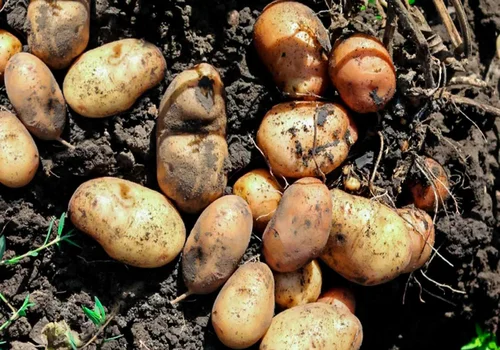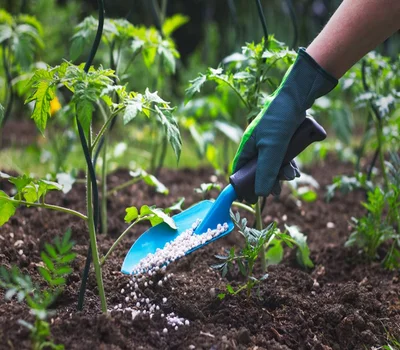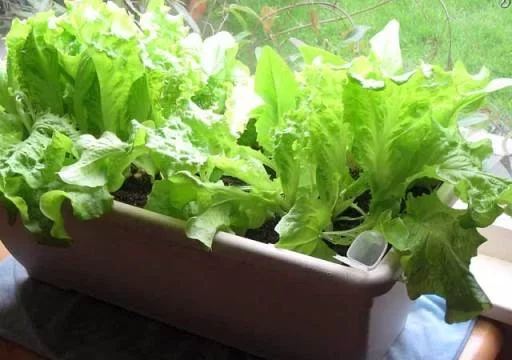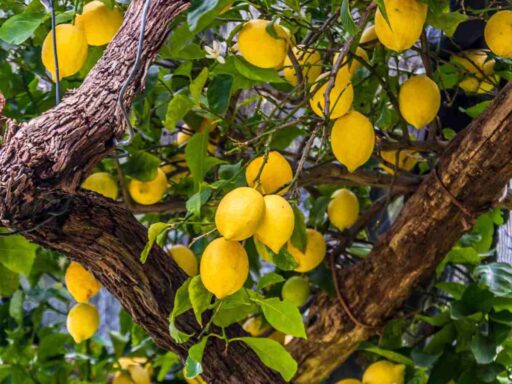Growing mango trees from seeds can be a rewarding and fun process. However, many people face issues when trying to germinate and grow their mango seeds. In this article, we’ll discuss the most common mistakes gardeners make when planting mango seeds and how to avoid them to ensure healthy, thriving plants.
Why Mango Seeds Fail to Grow
Many gardeners have experienced the frustration of planting mango seeds, only to see them sprout and then die after a month. This is often due to a combination of factors, including improper planting techniques, soil conditions, and watering practices. Understanding the reasons behind these failures is the first step toward successful mango cultivation.
1. Incorrect Seed Planting
One of the biggest mistakes is planting the mango seed incorrectly. For the seed to grow properly, it should be placed in the soil with the root side down and the stem side up. Planting the seed on its side or upside down can slow growth or cause the plant to die.
When planting, ensure the curved part of the seed faces downward, so the roots can grow straight down, and the stem can rise upward naturally. This prevents the seedling from struggling to grow and ensures optimal growth speed.
2. Leaving the Seed Coating On
The outer shell of the mango seed is designed to protect the inner seed, but it can also cause problems if left intact. This shell tends to hold moisture, which can lead to mold and rot. Removing the seed coating is a simple way to reduce the risk of rotting.
Using scissors or a sharp tool, carefully cut around the seed shell to expose the inner seed. Be gentle, so you don’t damage the seed itself. Removing the outer layer allows the seed to breathe and reduces the chances of it becoming waterlogged.
3. Overwatering the Seed
Many beginner gardeners assume that more water is better for plants, but mango seeds are particularly sensitive to overwatering. The seed itself contains plenty of moisture to sustain early growth, so it doesn’t need a lot of external water.
To avoid overwatering, plant the seed in well-drained soil. Using sandy soil mixed with a small amount of compost can help manage water levels. Ensure that any excess water drains away from the seed to prevent rot. Watering lightly but consistently is the key to keeping the seed healthy without over-saturating it.
4. Using Unwashed Sand or Soil
Another common mistake is planting mango seeds in unclean sand or soil, which can contain harmful substances like cement dust, salt, or other debris. These impurities can damage the seed or stunt its growth.
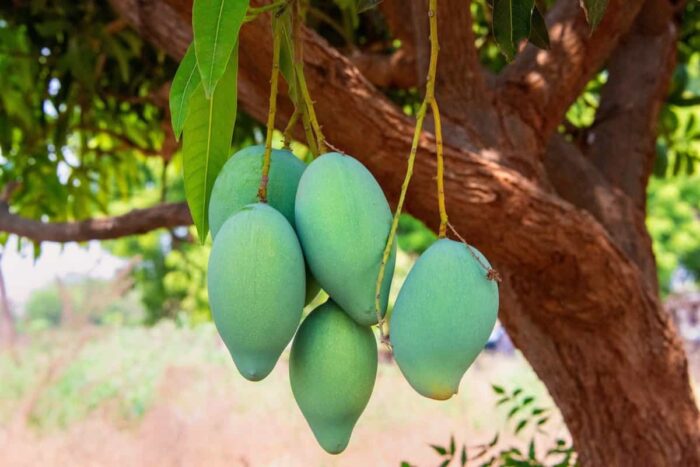
Before using sand for planting, wash it thoroughly. Rinse the sand several times to remove any salts or harmful particles. By ensuring your sand is clean, you provide a healthy environment for your seed to grow.
5. Choosing Weak or Damaged Seeds
Not all mango seeds are suitable for planting. Weak or damaged seeds often fail to germinate or produce weak plants that don’t thrive. When selecting seeds, look for ones that are large, firm, and free from any black spots or signs of decay.
If the seed is black or soft, it’s likely already rotting. Always choose the healthiest seeds for planting to give your mango tree the best start.
6. Burying the Entire Seedling
Another mistake is burying the seedling entirely when planting. It’s important to leave a portion of the green seedling above the soil. This allows the plant to absorb sunlight and grow properly. When planting, ensure part of the seedling is exposed to air and light, as this will encourage strong, healthy growth.
Conclusion
Growing mango trees from seeds requires care and attention to detail, but by avoiding these common mistakes, you can successfully grow a healthy mango tree. Ensure that you plant the seed correctly, remove the seed coating, avoid overwatering, use clean soil, select healthy seeds, and leave part of the seedling above the soil. With these tips, your mango seed has a much better chance of thriving and growing into a beautiful tree.

